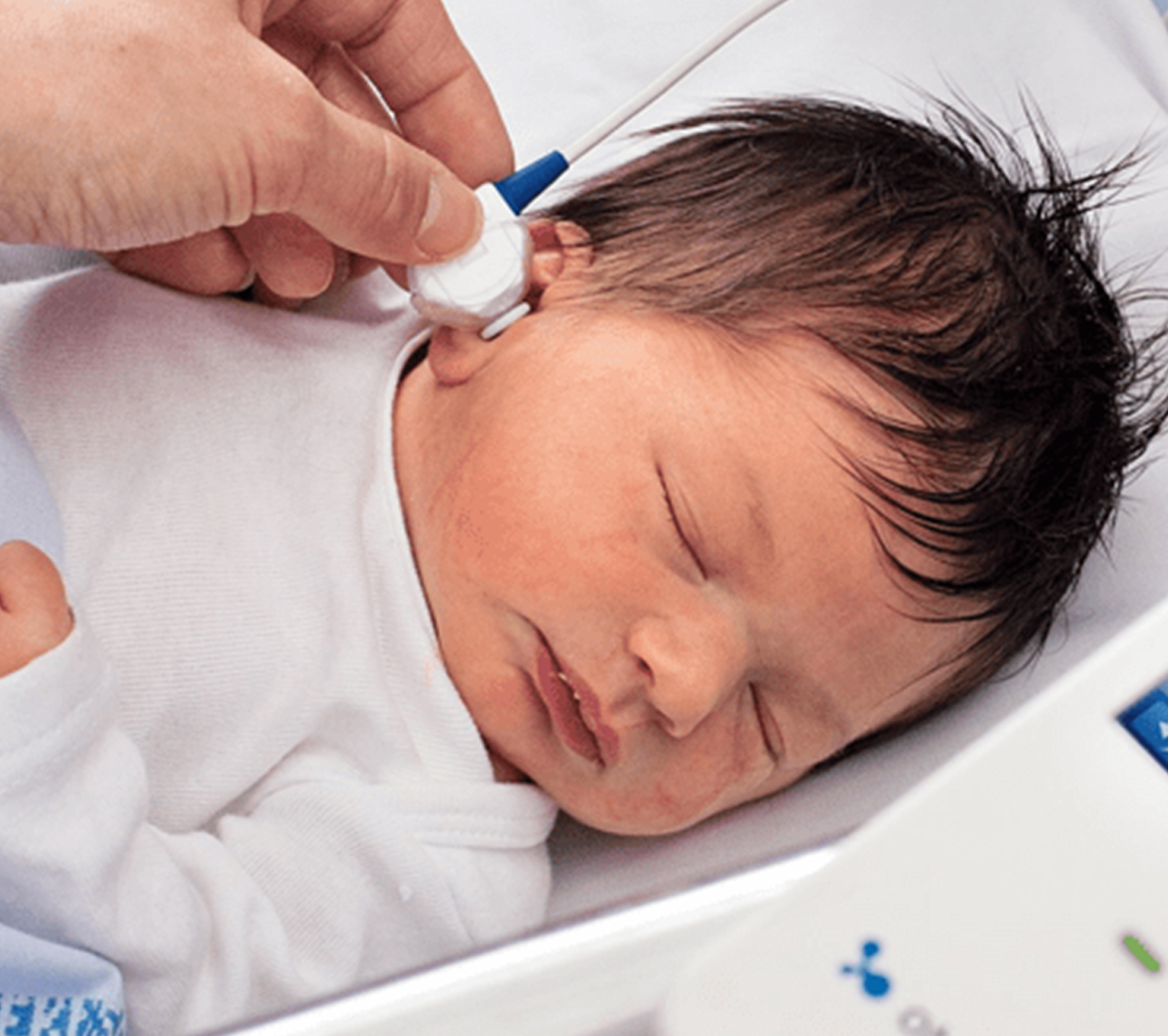
What is the Otoacoustic Emissions Test?
- It is a hearing screening instrument for infants aged 0 to 3 years. It is typically conducted on newborns to detect deafness.
- Otoacoustic emissions are very soft sounds produced in the inner ear (cochlea). OAEs disappear when the inner ear is damaged. It’s used to assess the health of the inner ear.

Why otoacoustic emissions?
Otoacoustic emissions (OAE) are done to find out how well your inner ear and cochlea work. It is done to measure the otoacoustic emissions, i.e., the sounds produced by the inner ear in response to the sound.

What are the advantages of OAE?
- It measures outer hair cell function and cochlear status.
- It does not require a behavioral response and is highly effective in newborn hearing tests.
- It detects conductive hearing loss.
- It detects blockages in the outer or middle ear.


